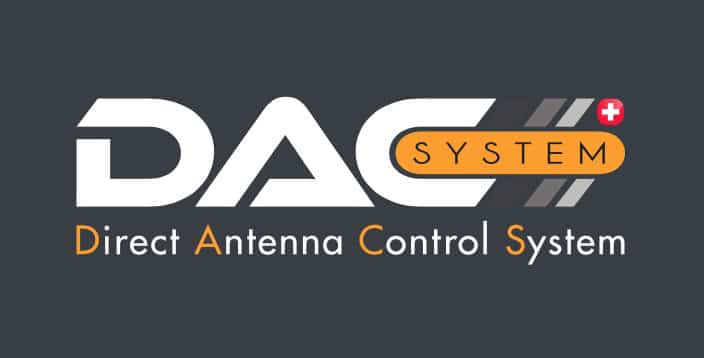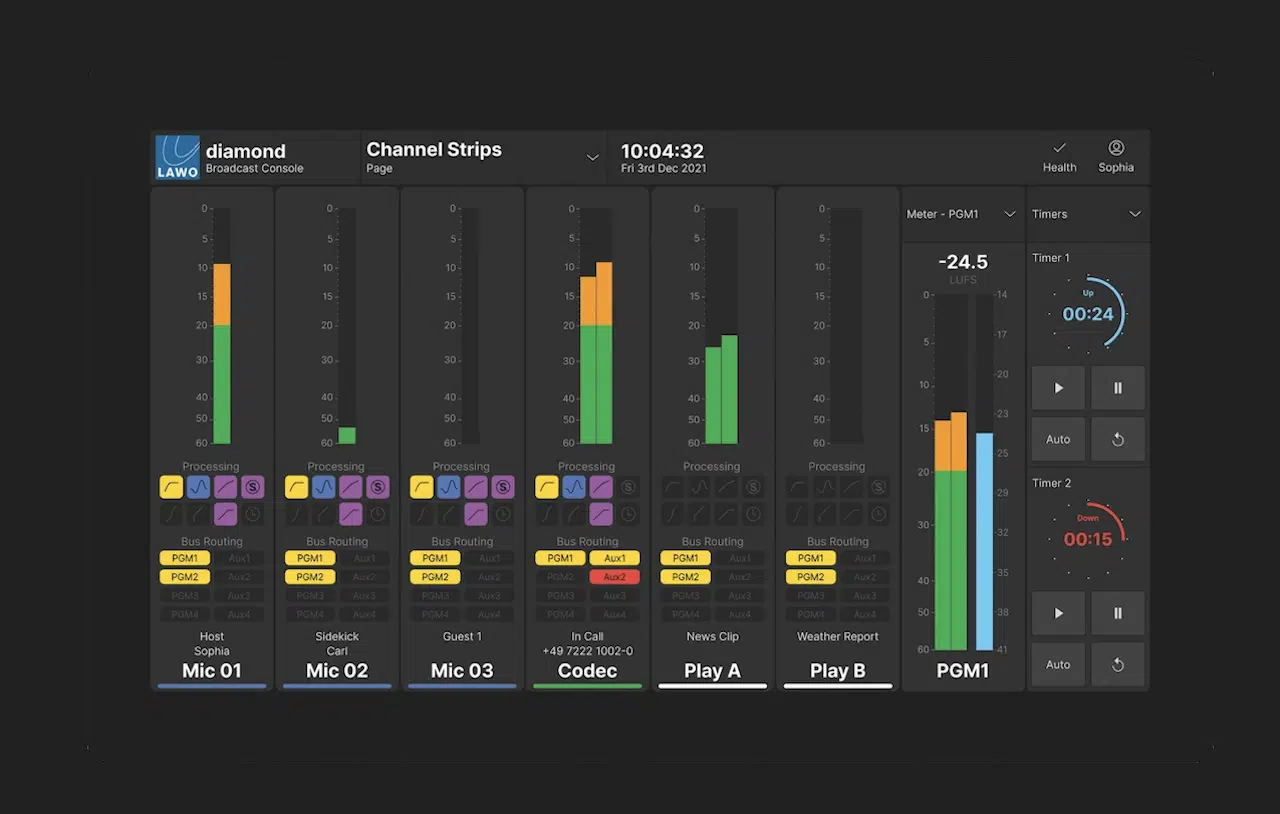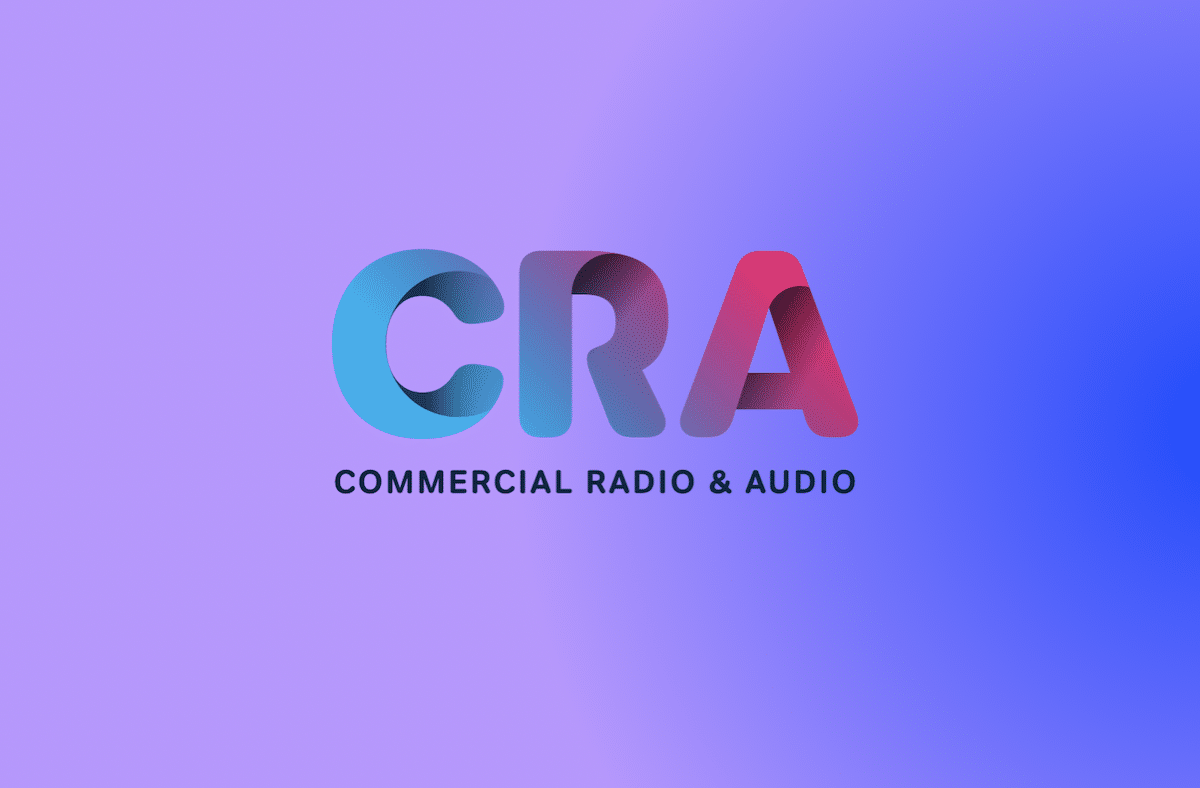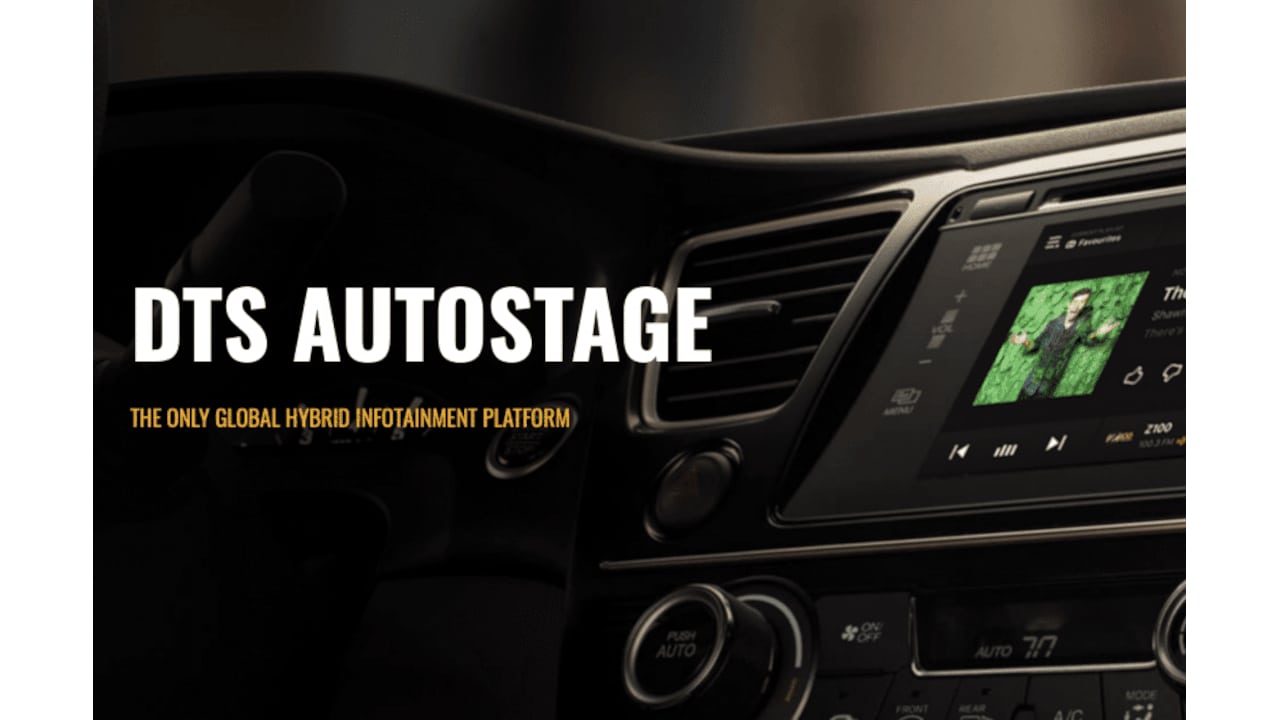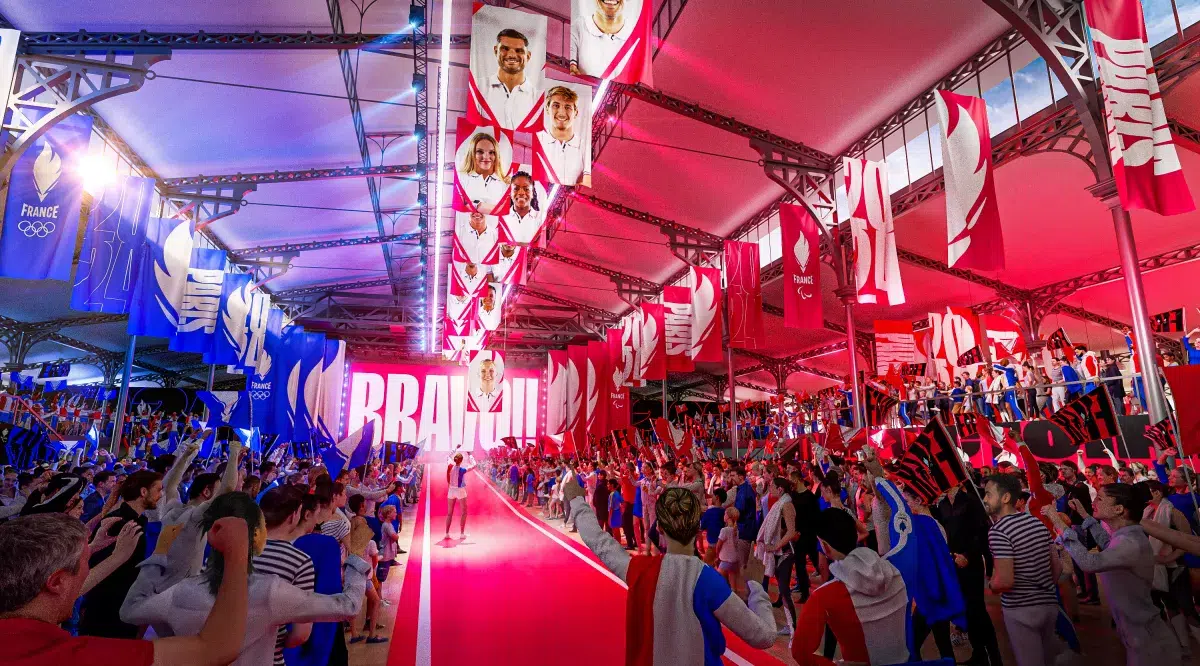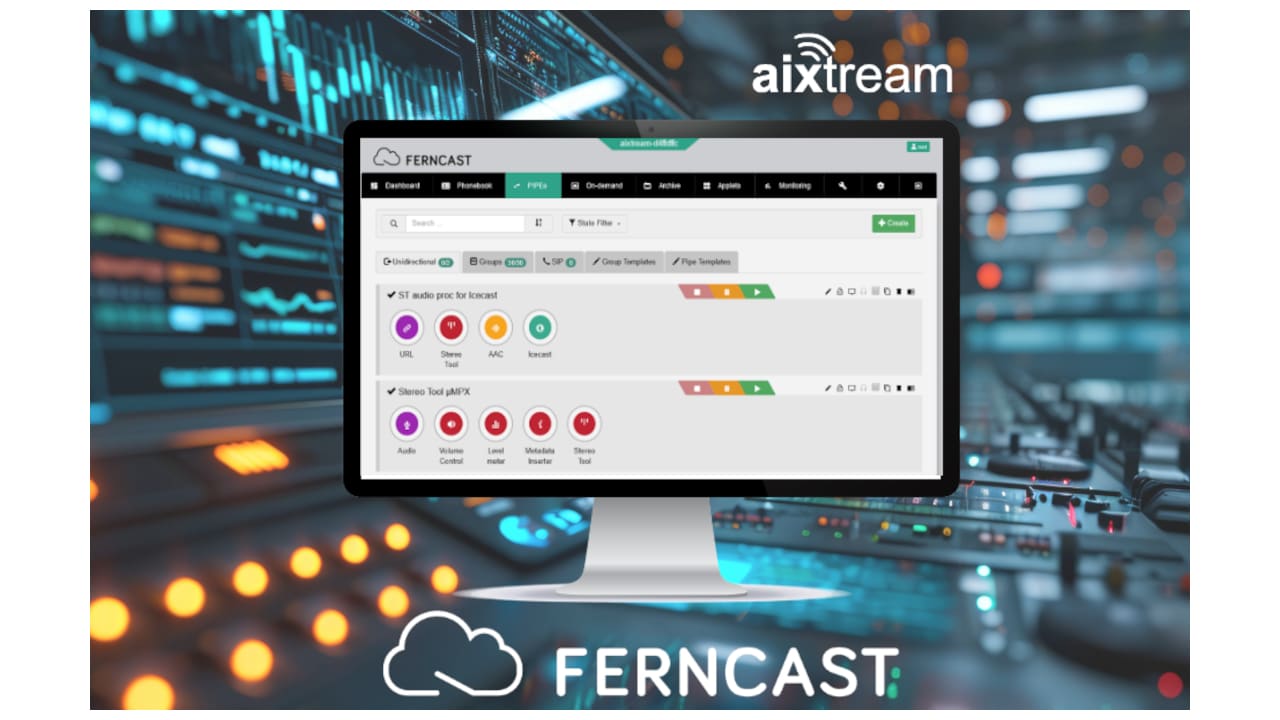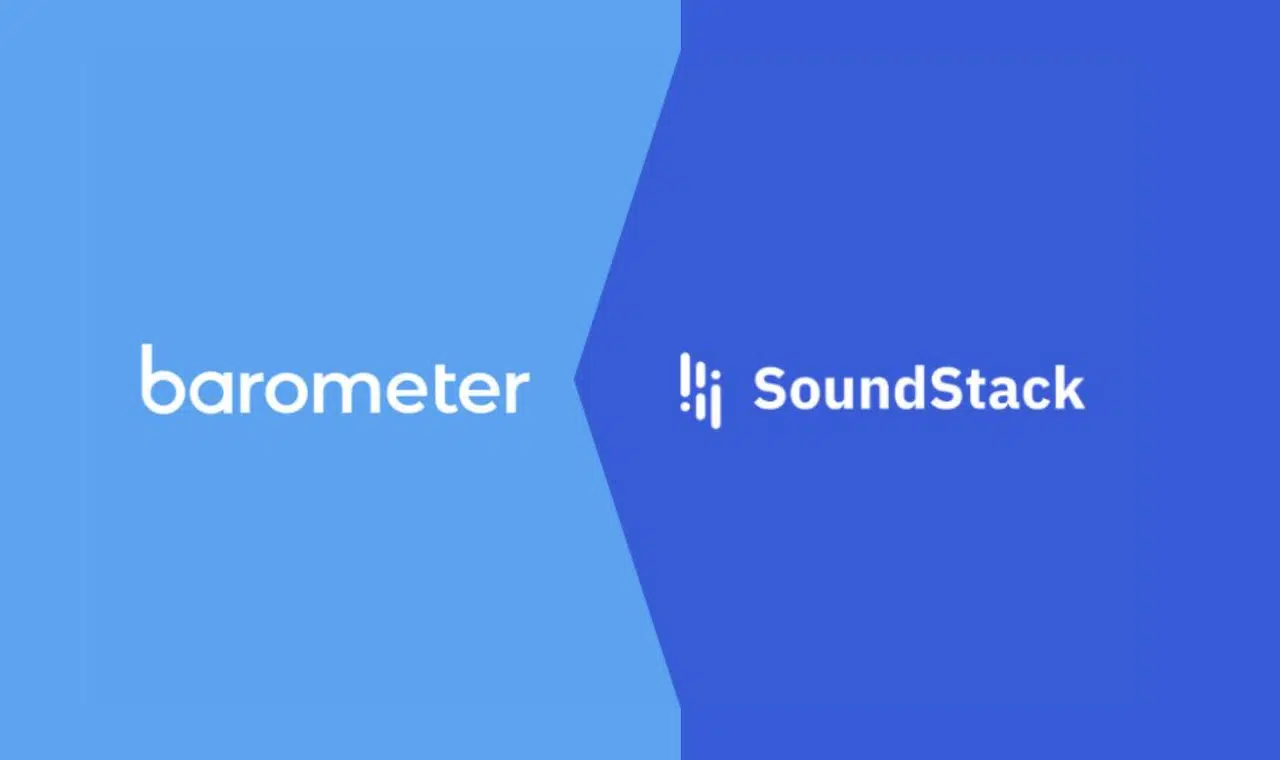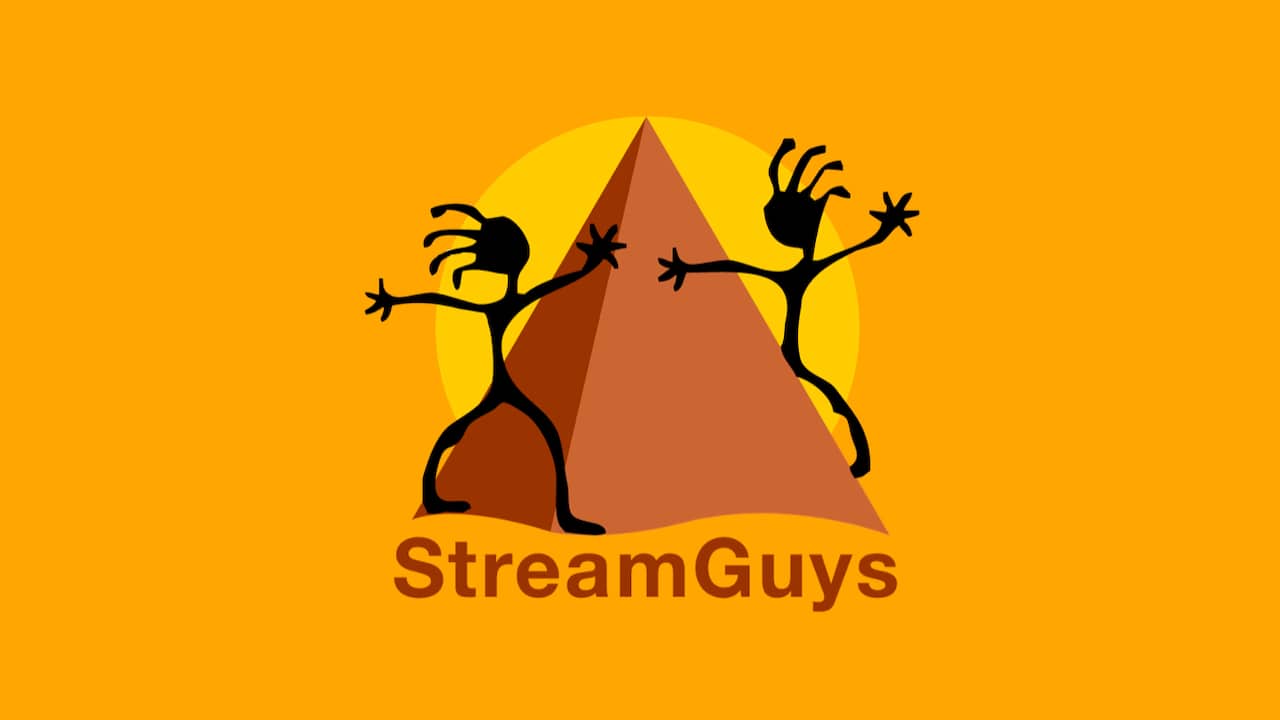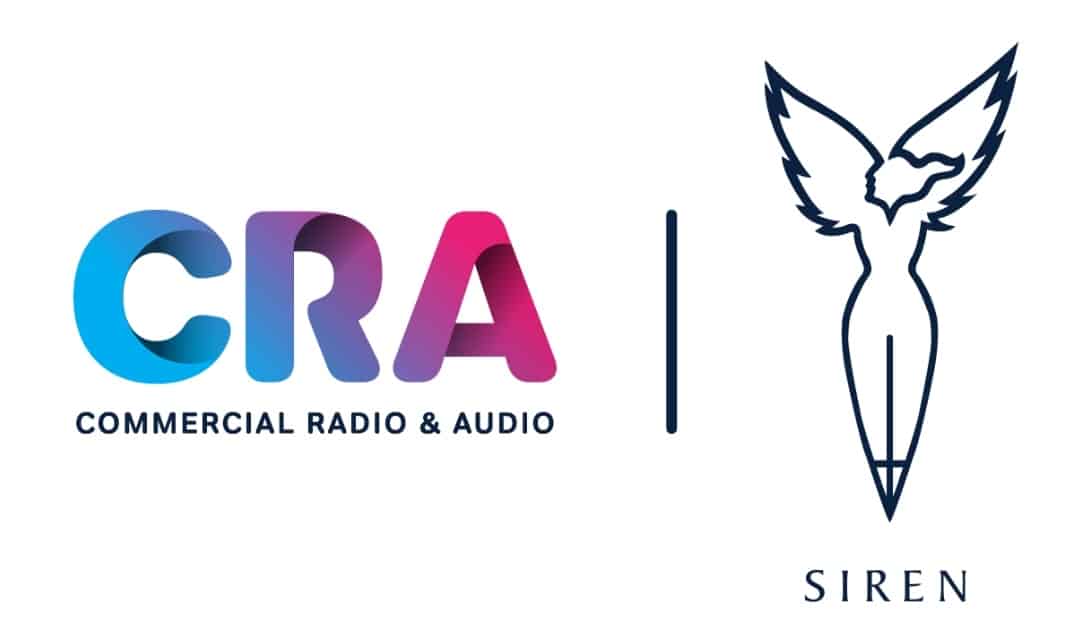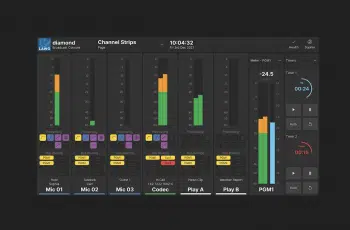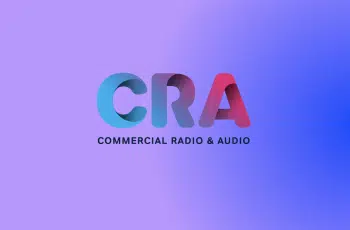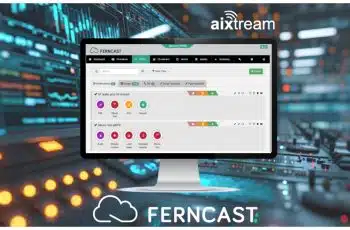
LONDON — While selling inventory to brands directly is common practice in audio advertising, digital audio introduced programmatic monetization — buying digital ads through automated platforms. The loss of identifiers has forced digital audio advertisers to rethink how they can deliver relevant ads in a privacy-compliant way. The answer more often than not is first-party data. Selling inventory directly can maximize the return on that investment by multiplying ad revenue. So, is it time for audio advertising to return to its roots?
The main benefit to selling your inventory directly is securing premium campaign budgets by approaching brands hyper-relevant to your audience. While a programmatic approach can allow publishers to start building their ad revenue with minimal resources, for established publishers with large aggregate audiences a direct sales approach can be a lucrative investment.
Here are three tips to help get a direct sales strategy right.
1. Get to know your user by building a first-party data strategy
How well you know your audience sets the baseline for attracting premium brand budgets. While you may already have some user data, you could deepen this insight by allowing online/app users to create a profile and complete an onboarding flow (e.g., their favorite artist or podcast) or answer rewarded surveys (e.g., “get access to exclusive content by completing a short survey”).
How well you know your audience sets the baseline for attracting premium brand budgets.
To take it to the next level, you could enrich your first party data with mobile context data to understand your users’ behavioral patterns (e.g. Fitness Fanatics, Regular Shoppers, Housework Heroes) and live context (e.g. working, at a park, running) while using your app.
2. Select the right brand for your audience
Once you’ve developed a thorough understanding of who your users are, you can start assessing brand suitability. Getting this right is key, not only because the quality of the fit will define the size of the campaign budgets you can attract, but also because ads have a big impact on the quality of your users’ in-app experience. A strong in-app experience is crucial to your retention rates, especially in freemium app economies in which users have a low switching cost.
For example, knowing a high percentage of your userbase are fitness fanatics and foodies would suggest that brands such as Nike, New Balance and Uber Eats are a strong fit for both your advertisers and users.
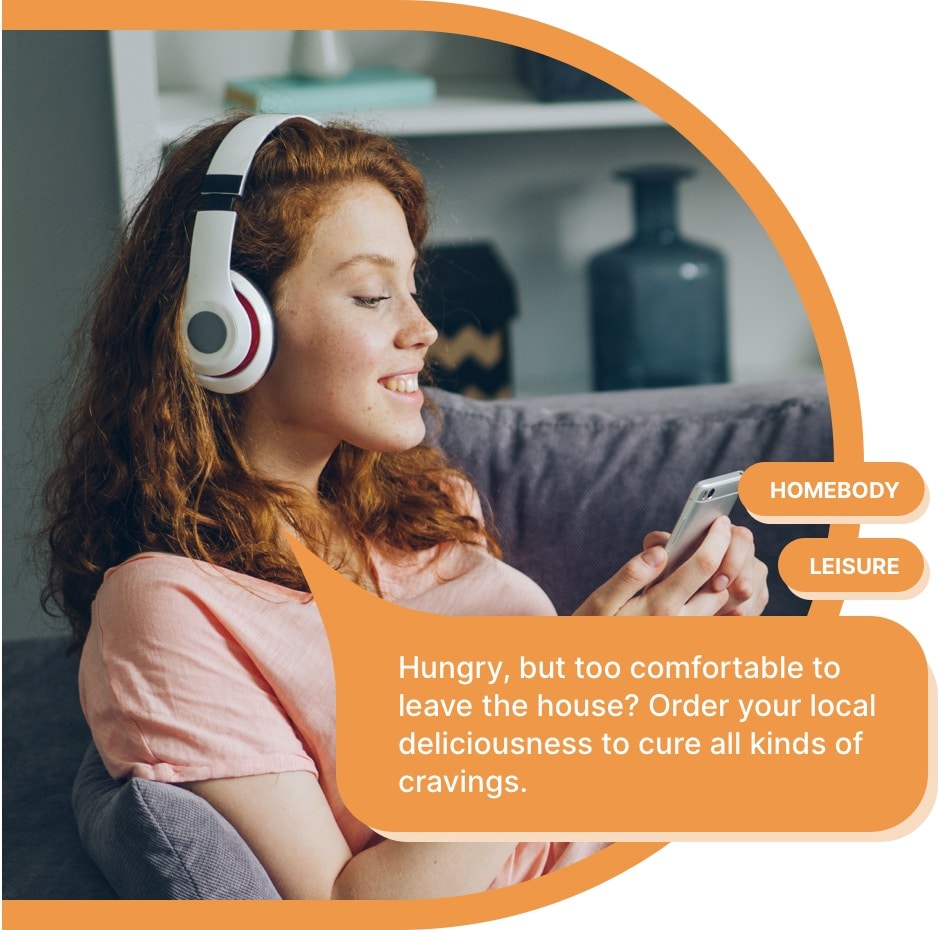
3. Find a door opener to help you work with brands
Once you have an idea of the type of brands you’re after, you’re ready to kick off your business development efforts. Before you start selling on your own, it’s advisable to hire a specialist (in-house or as a consultant). Make sure they have previous experience selling to brands and media agencies, and confirm they have the specific connections you’re after.
The author is the commercial director at NumberEight.


